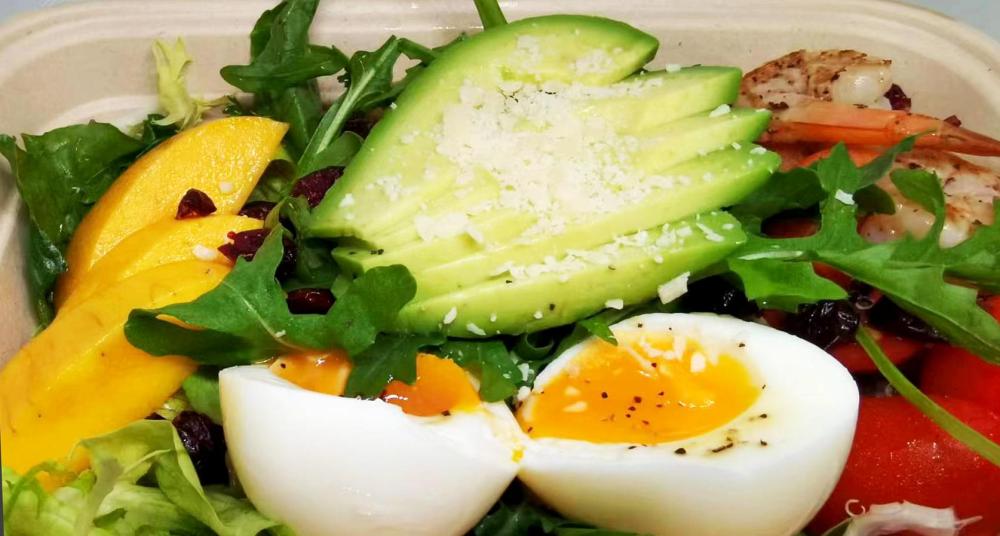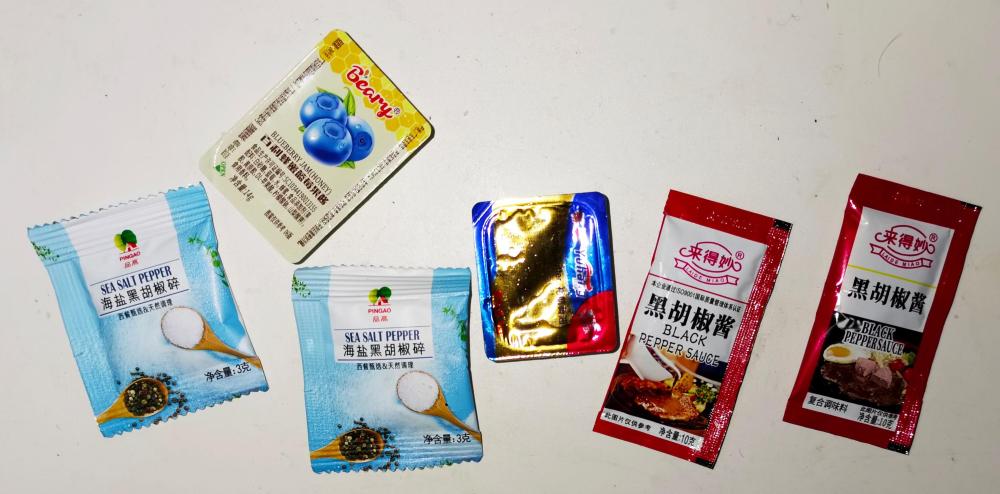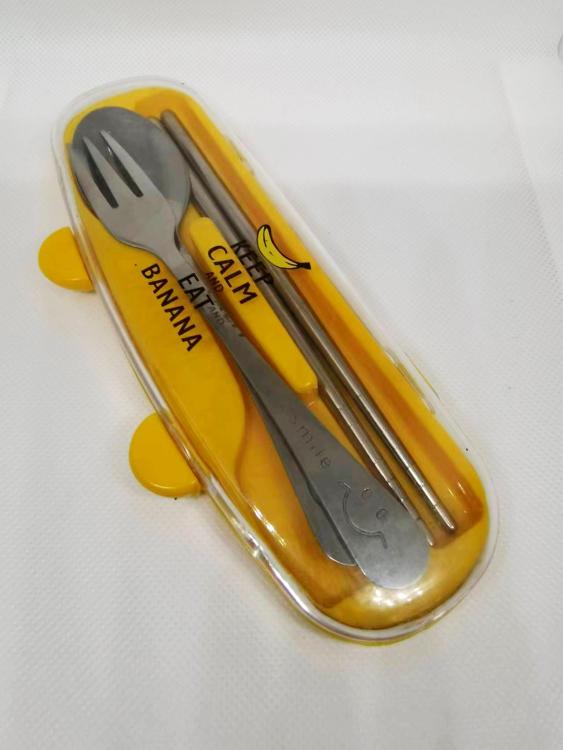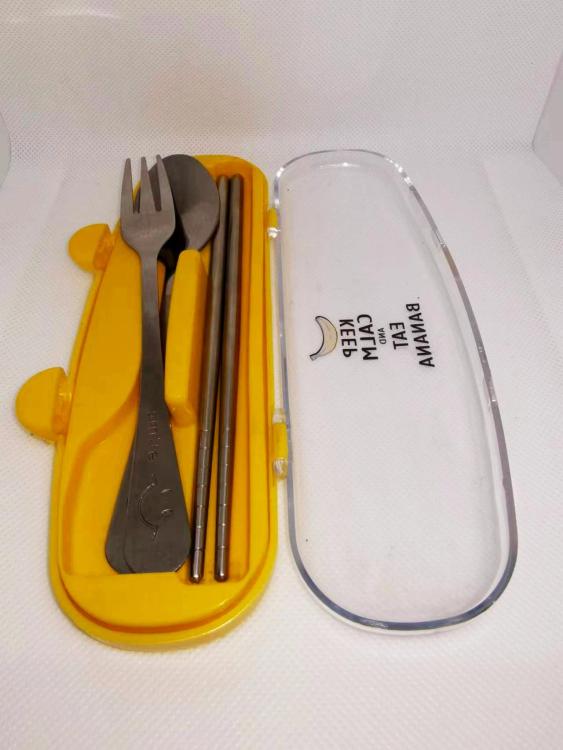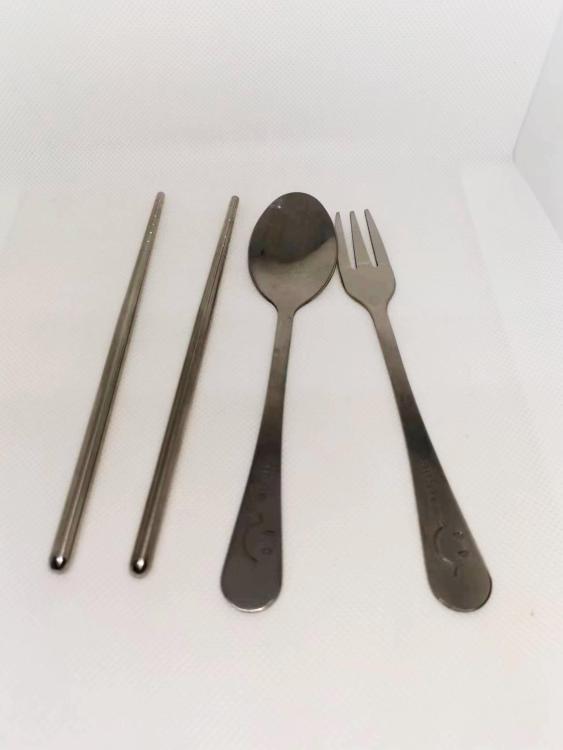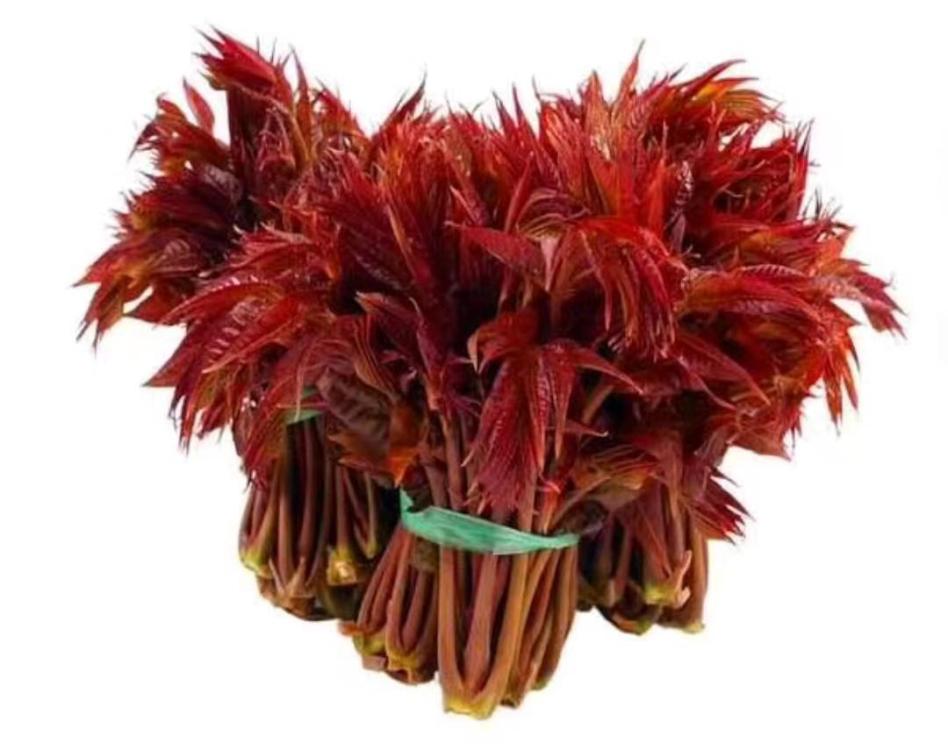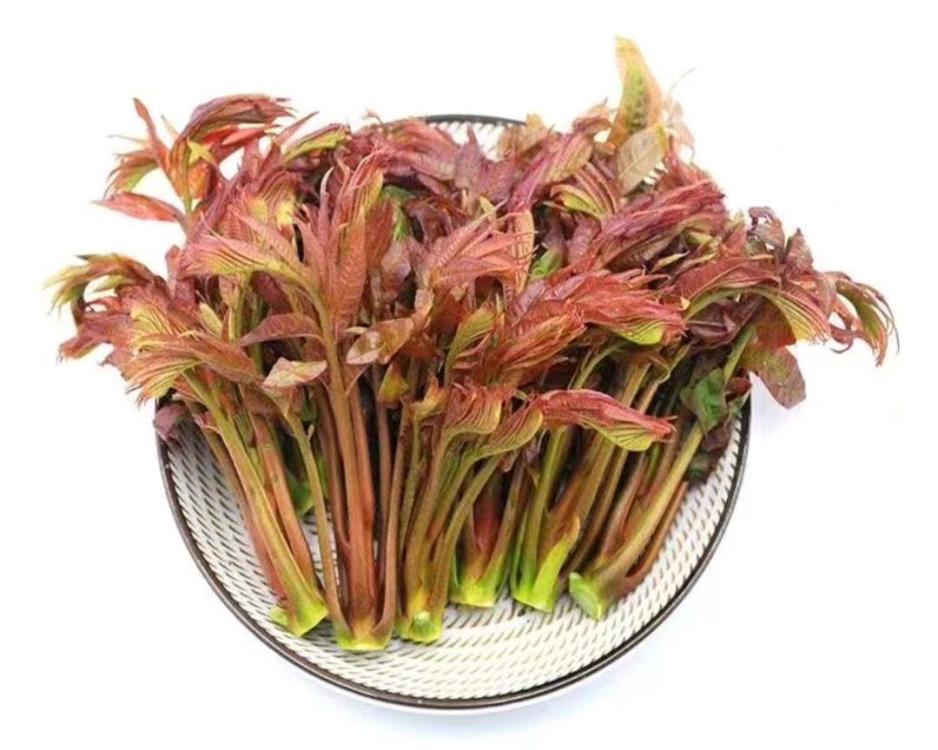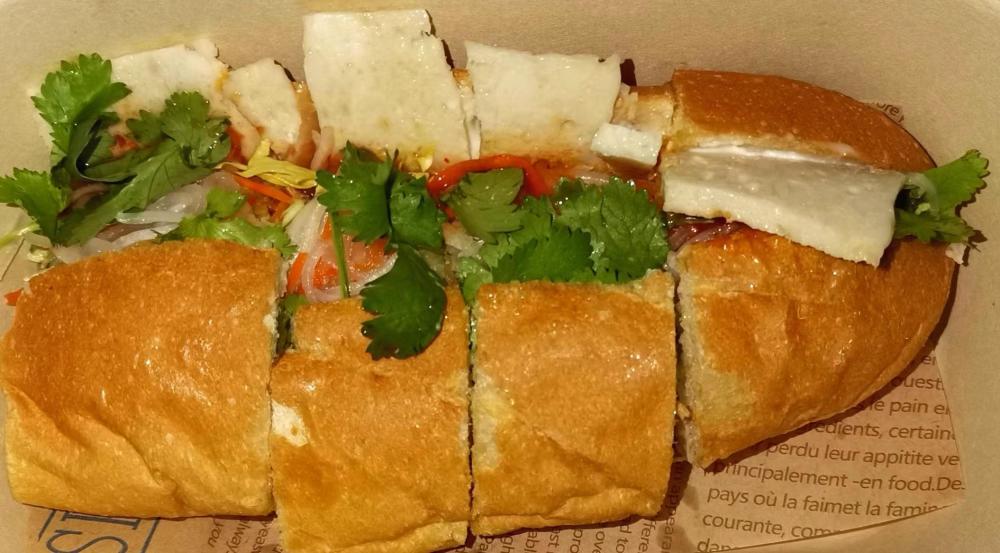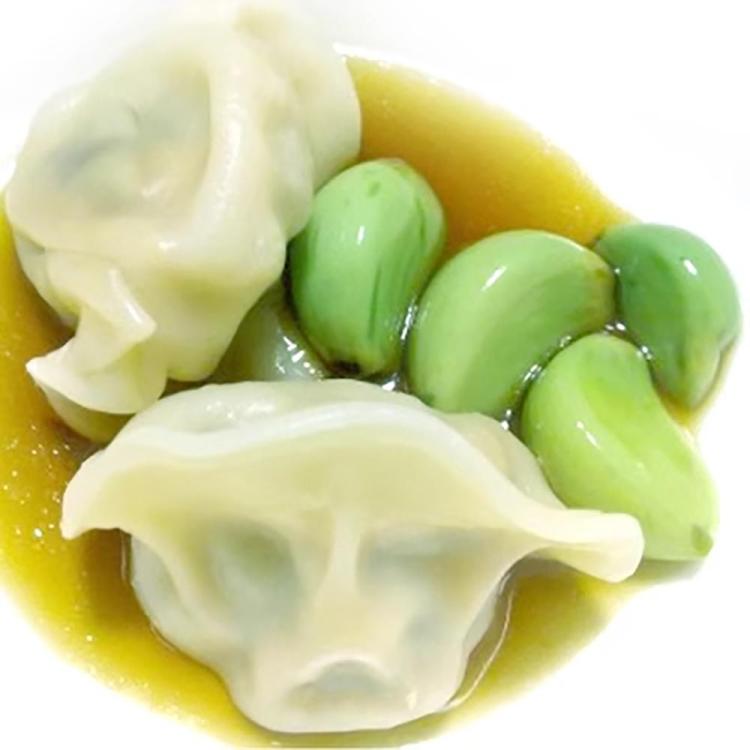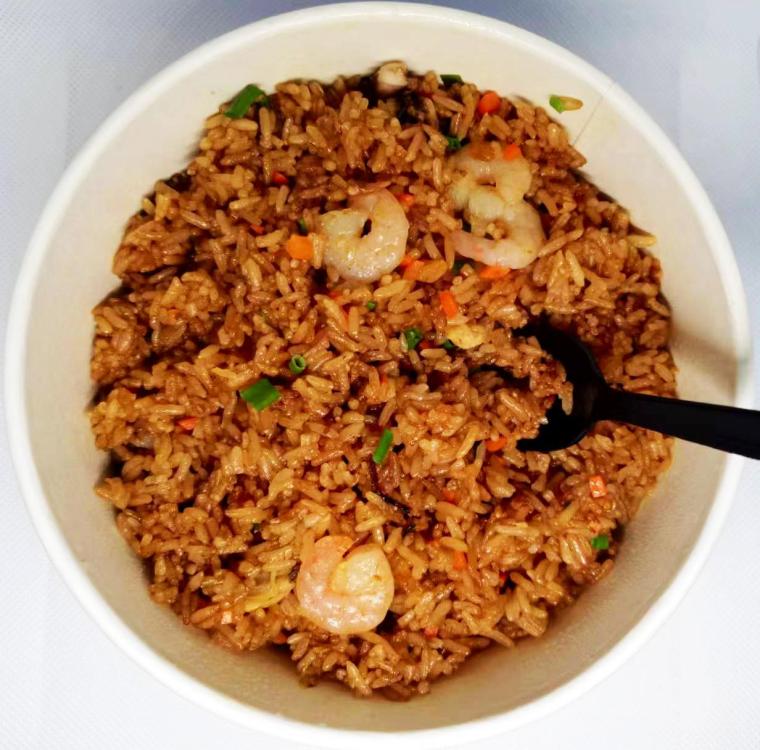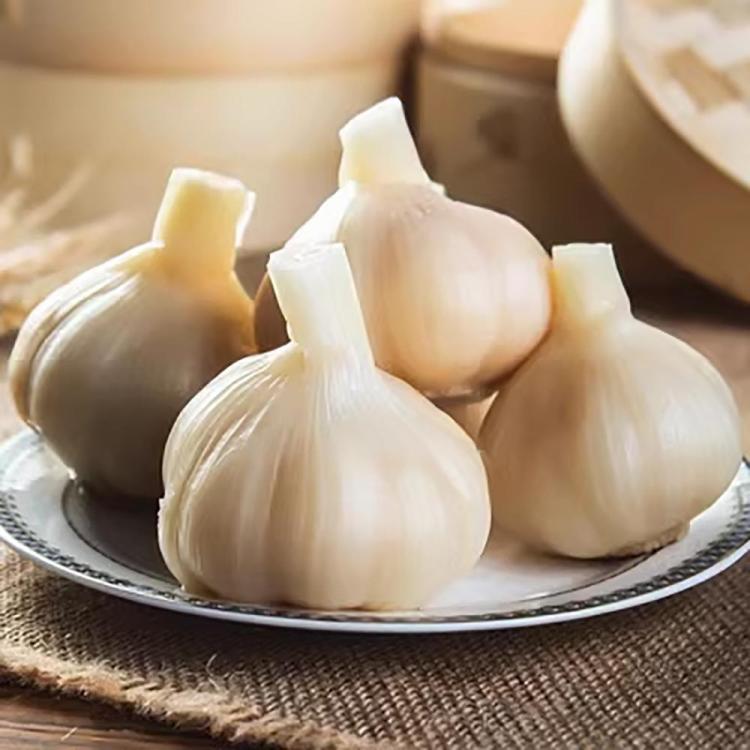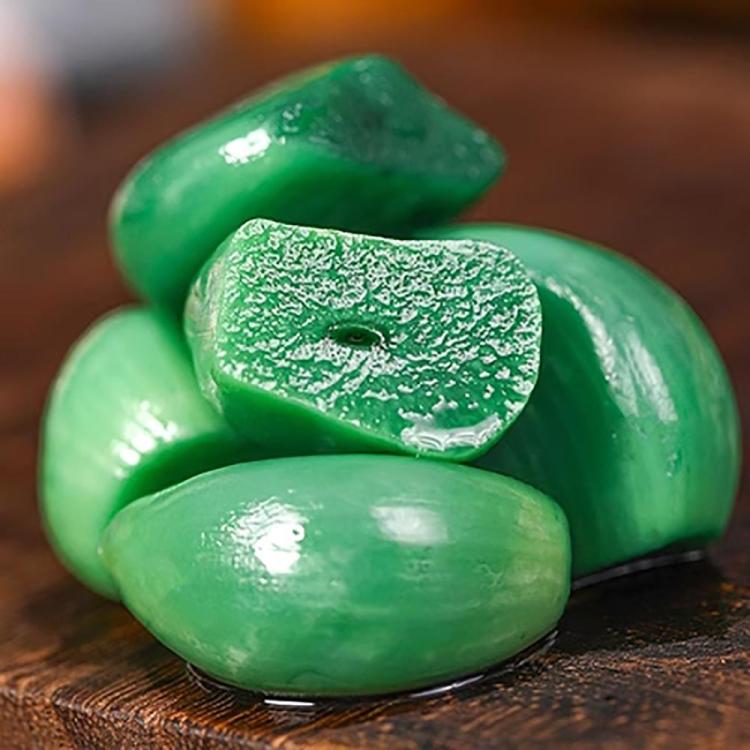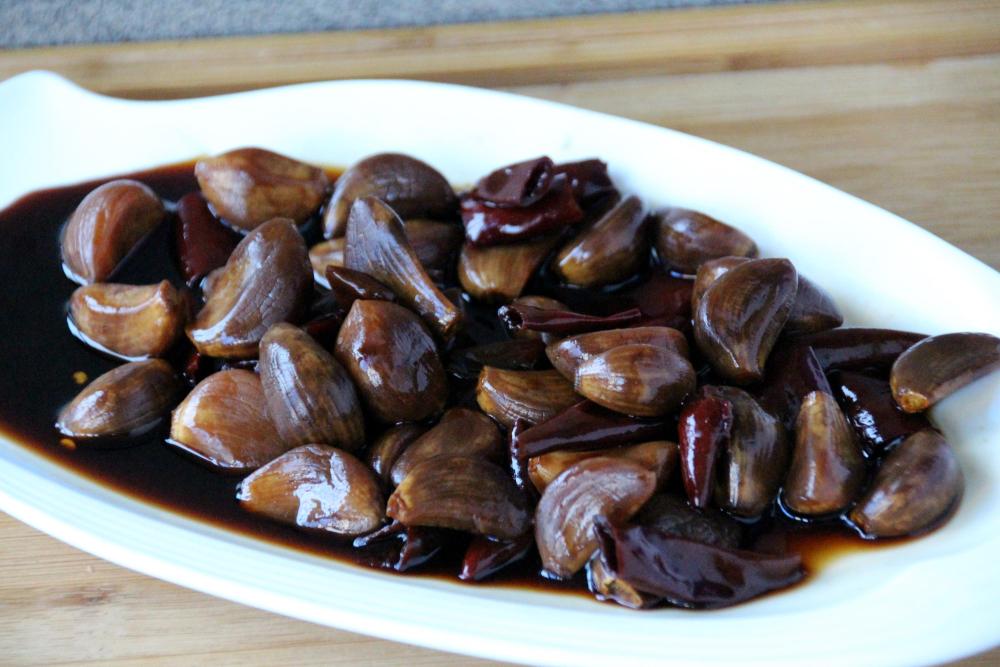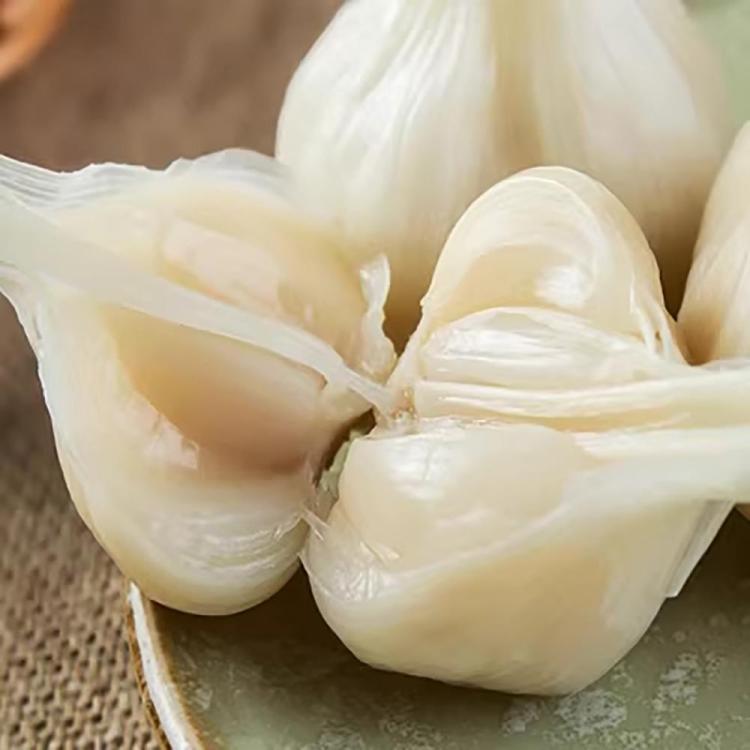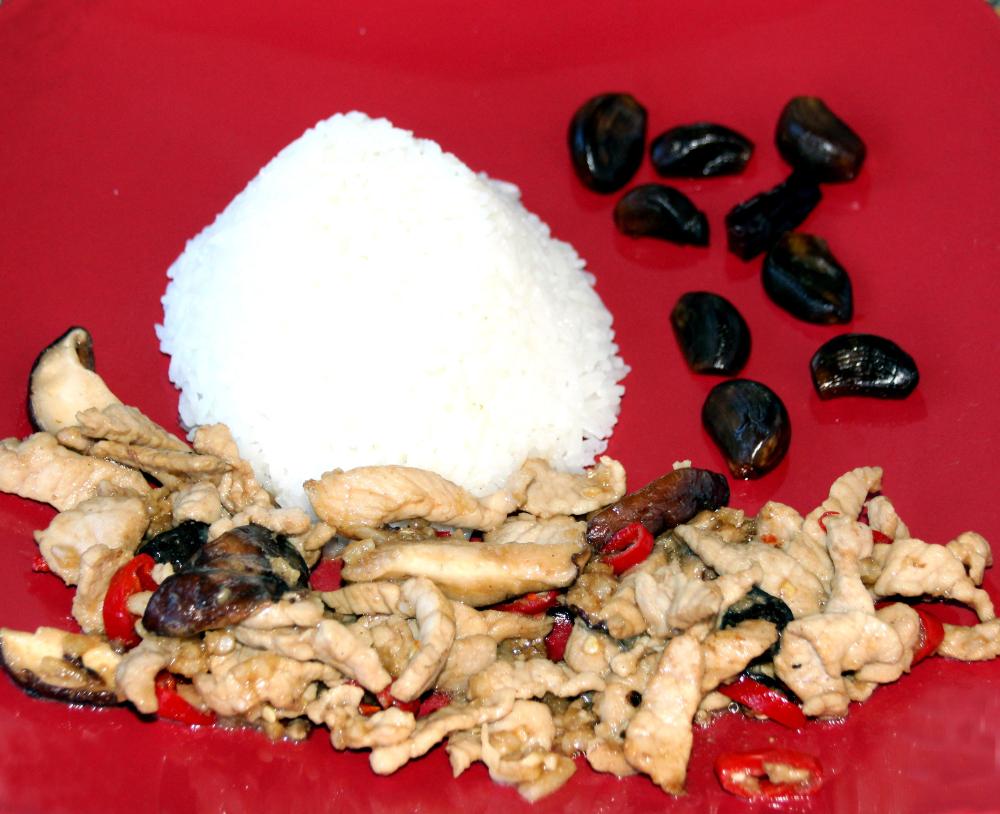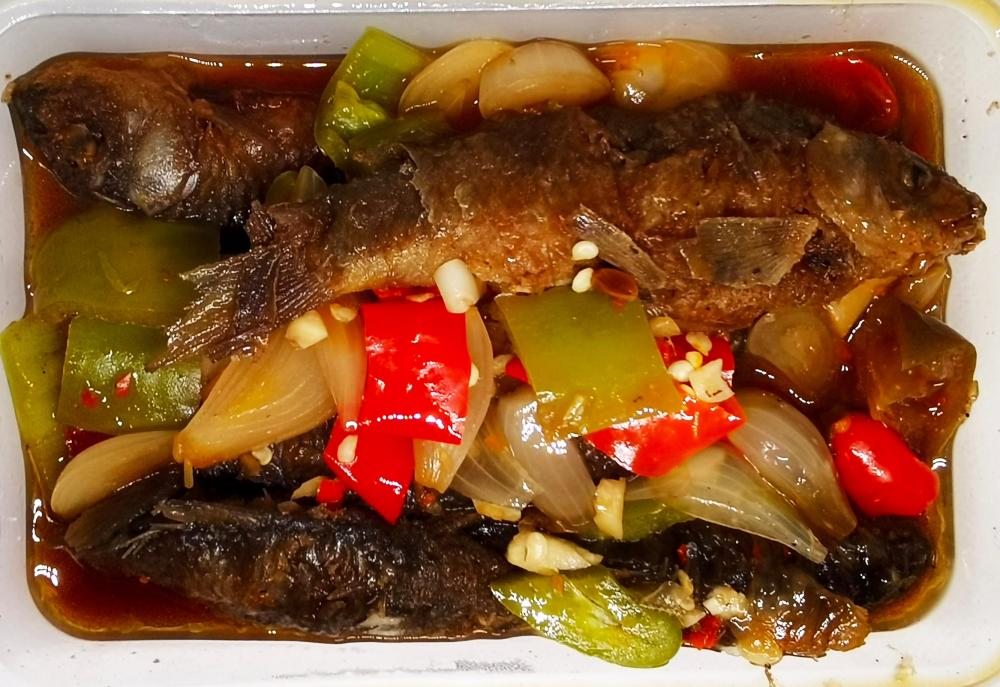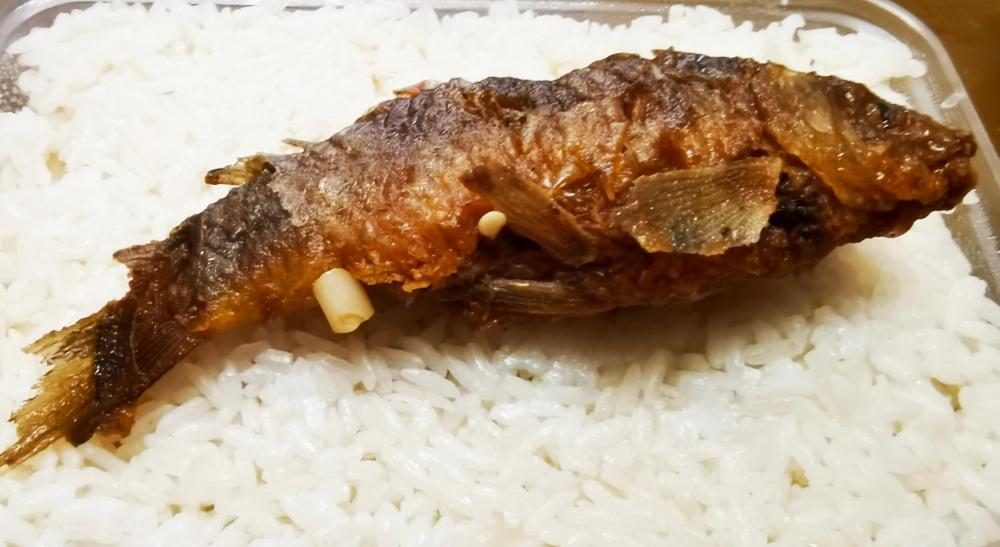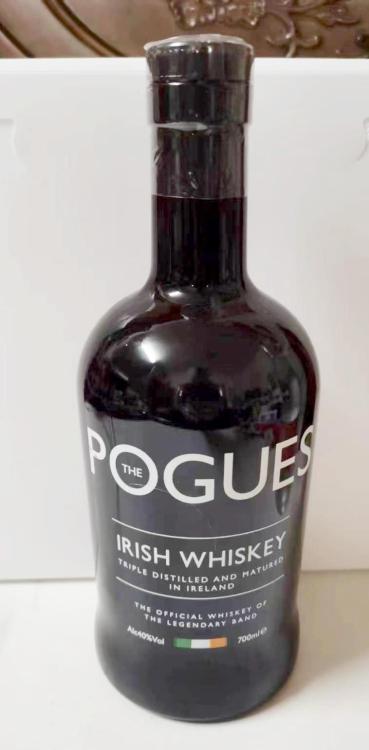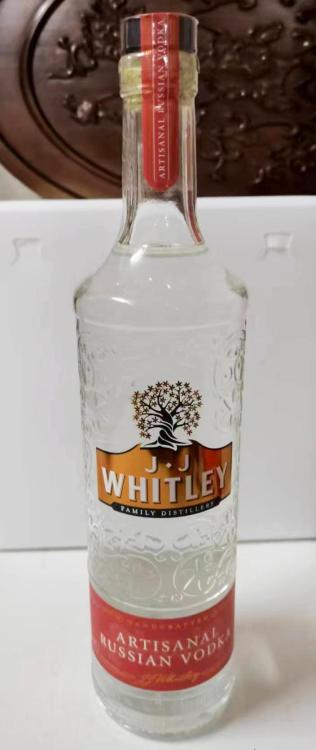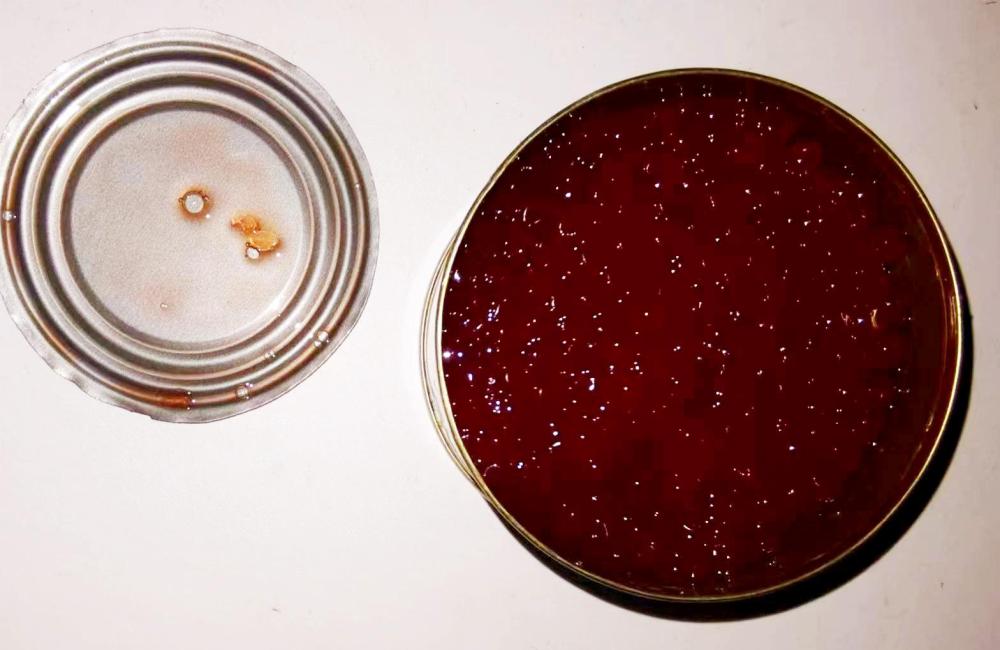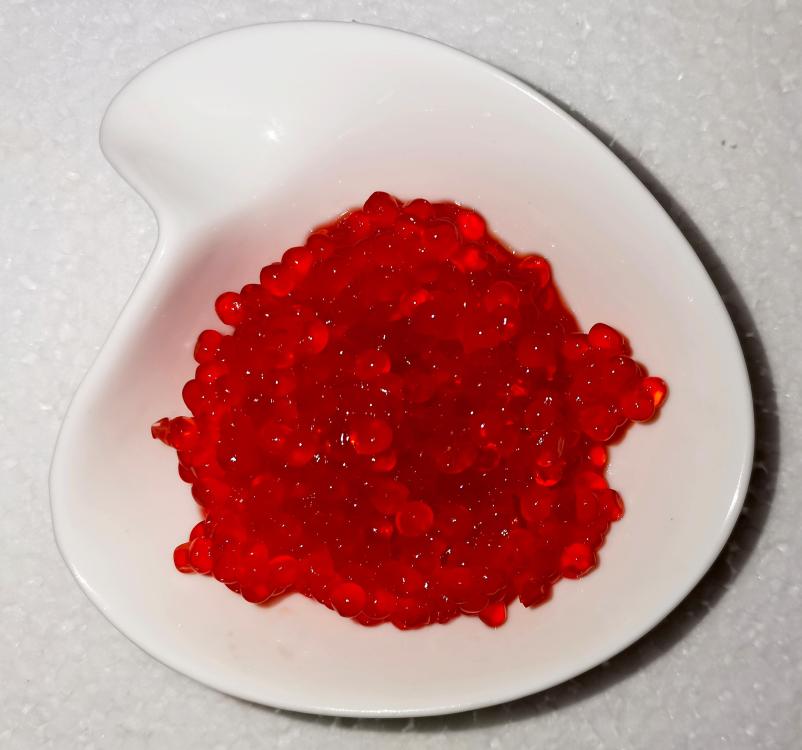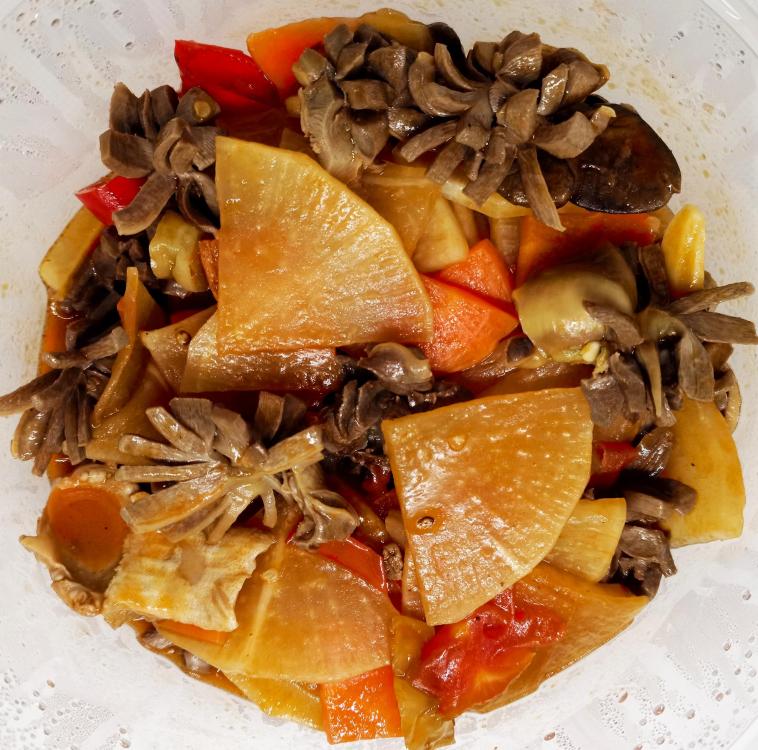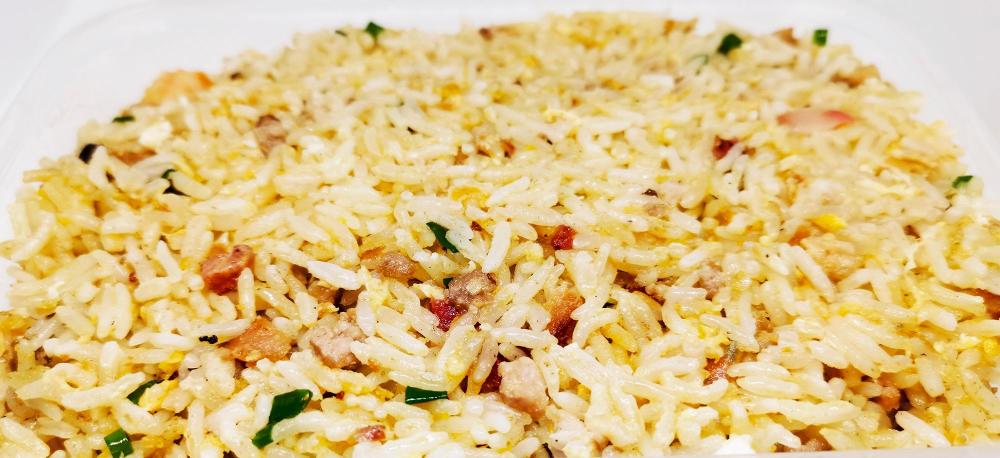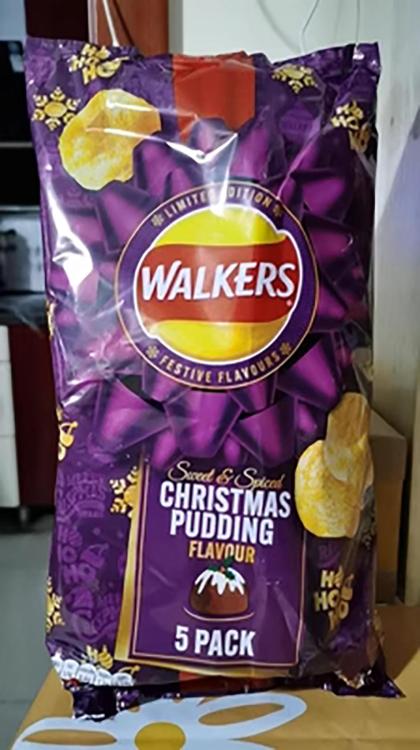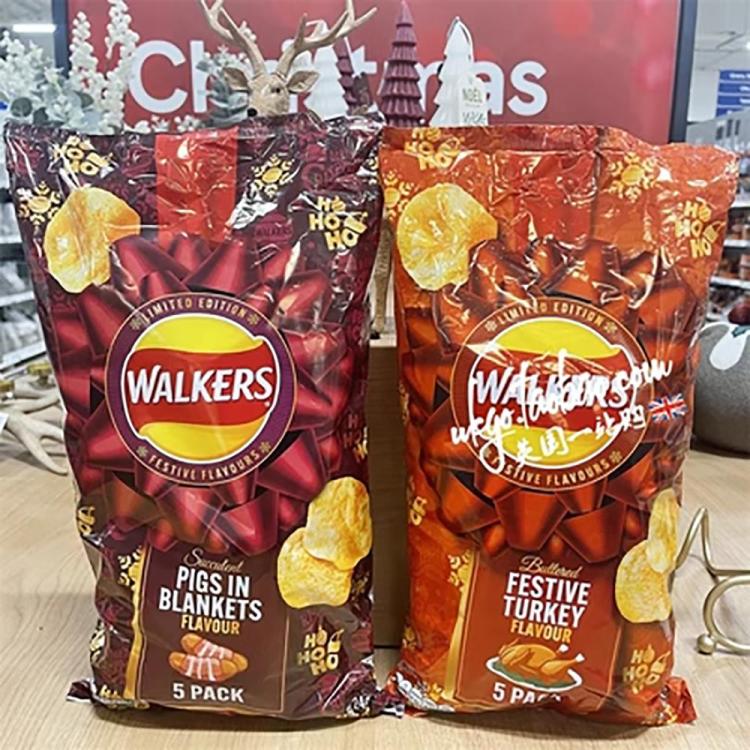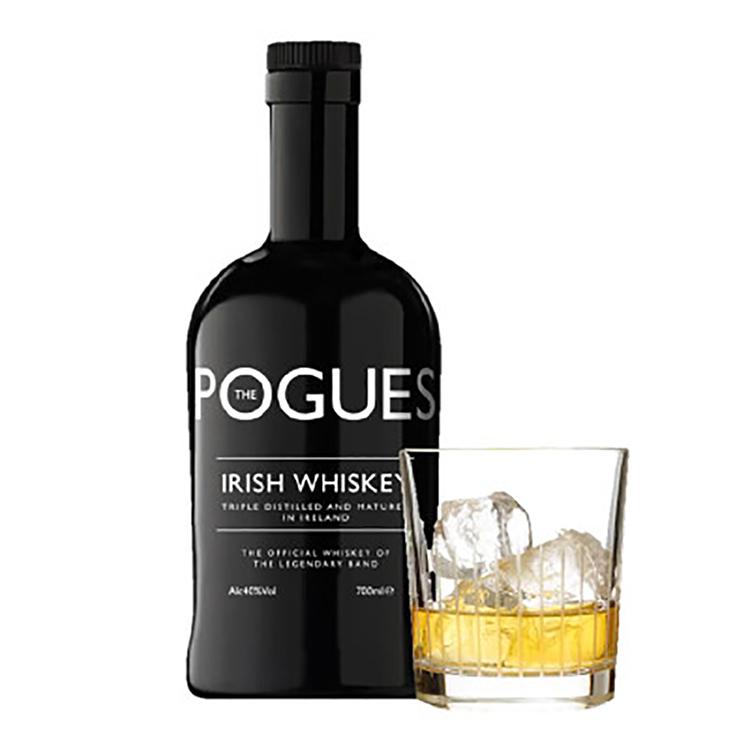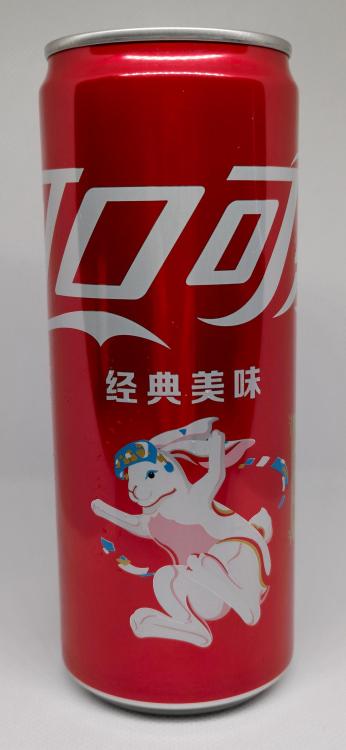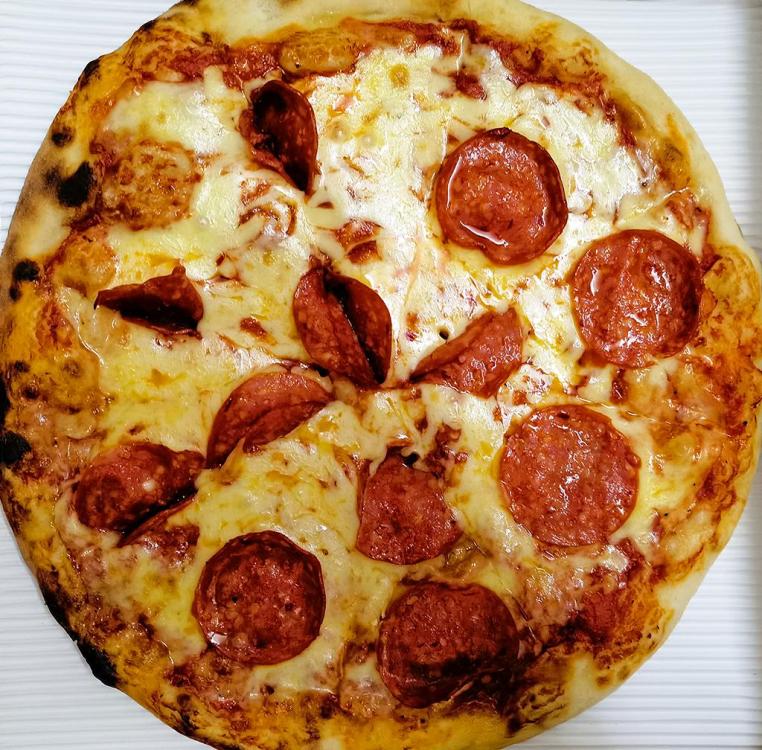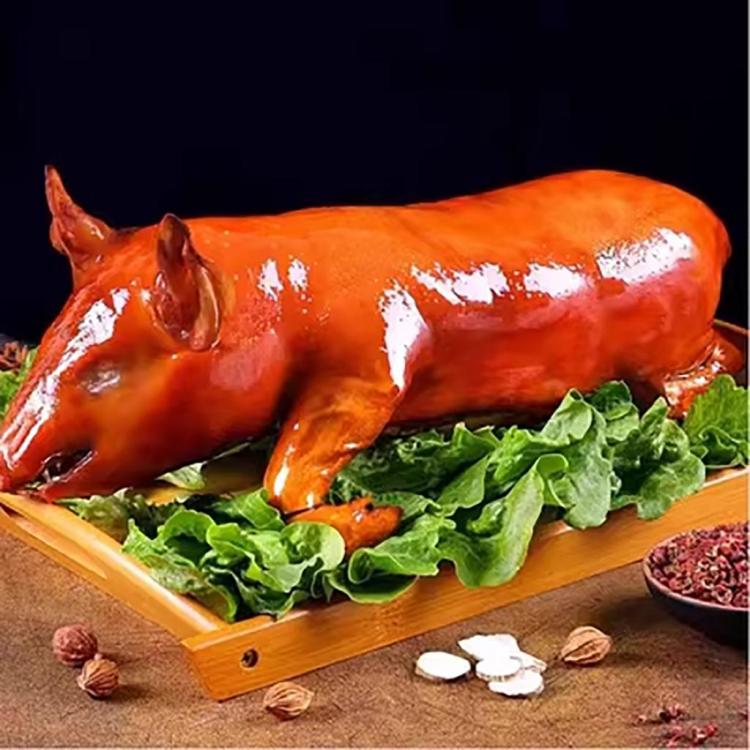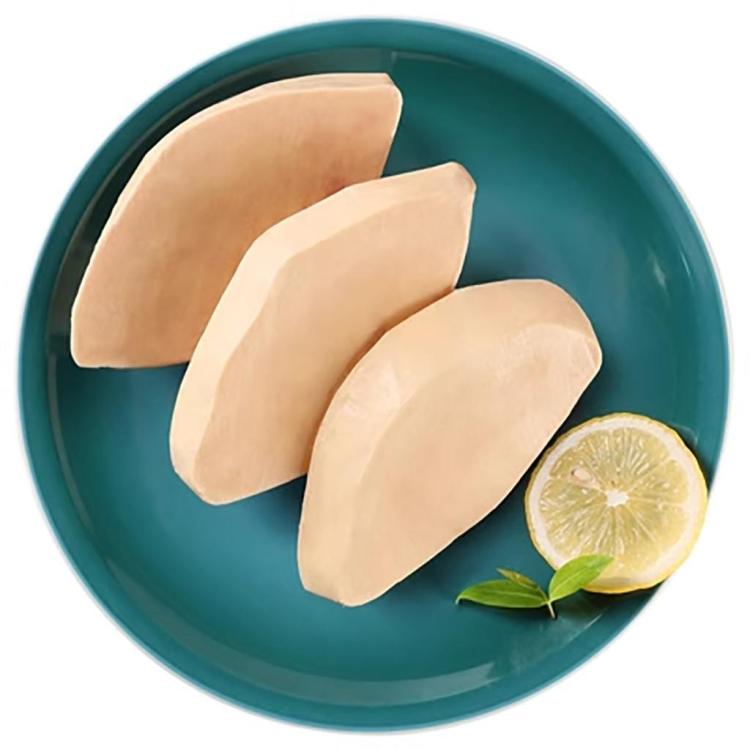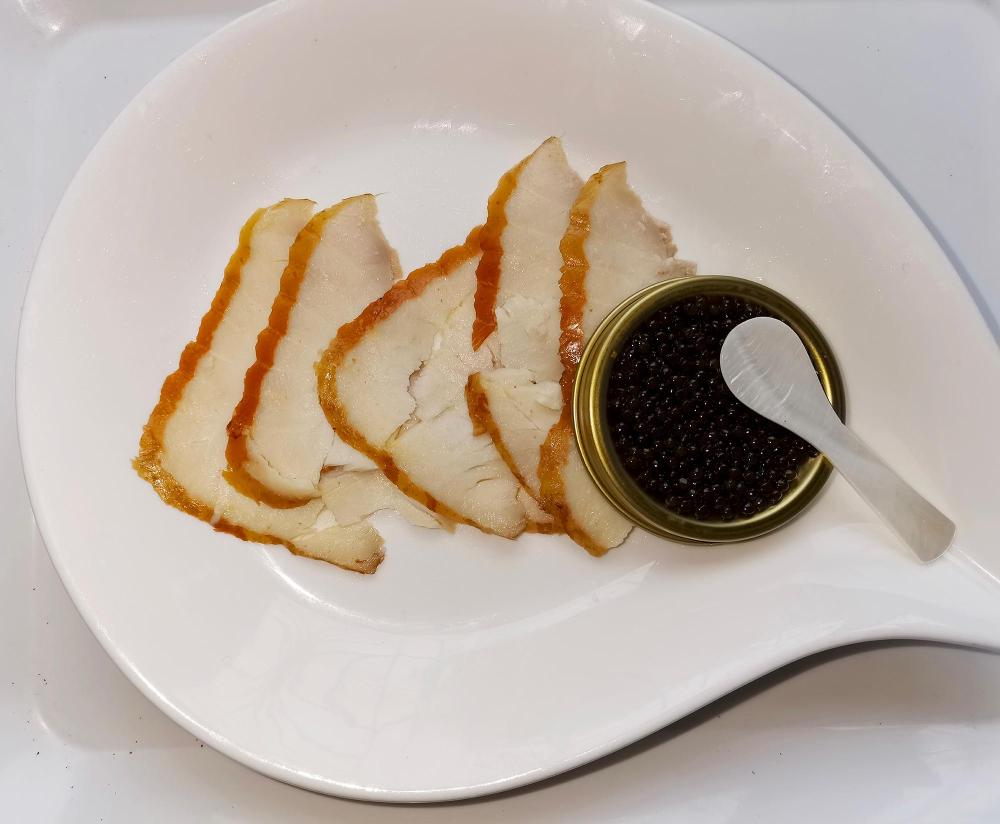-
Posts
16,752 -
Joined
-
Last visited
Content Type
Profiles
Forums
Store
Help Articles
Everything posted by liuzhou
-
As any self-respecting Sichuanese cook would.
-
It is from a "Western" restaurant - the one where I get the reasonably good pizza with arugula I've mentioned before. The mango was fine, if not great. We get mangoes pretty much year round here - different types at different times. No idea what the names are, though. Miraculously, none of their offerings include c⊘rn!
-
Shrimp, Avocado and Mango Salad. Also included lettuce, egg, cherry tomatoes, rocket/arugula, red cabbage, chickpeas, endive, quinoa and cranberries(!). Dressed with a honey mustard dressing and sprinkled with "parmesan" sawdust. Strange salad.
-
I mentioned that I ordered some goose foie gras for Christmas dinner. It arrived a couple of days ago and is in the freezer. Strangely, it was accompanied by these condiment and seasoning packages. The sea salt and pepper mix I understand (although I have plenty (and better) of both already). The black pepper sauce will go straight into the trash - it is revolting but the Chinese are convinced we foreigners use this muck on everything we eat. The blueberry jam (honey) is a total mystery. Who eats foie gras with blueberry jam (honeyed or not)? Anyone? In the centre is a tiny catering pack of butter. Why?
-
Looking for something else at home, I cam across these which I'd forgotten about. A friend gave me this set a few years back as a kind of joke. A portable set of chopsticks, a spoon and a fork. They are pretty useless. The chopsticks are a mere 6 inches long and difficult to use, although they may suit a child, but I'd still advocate even children using longer sticks.
-
Here is an unusual vegetable in many ways. It is not common even here and only has a two week season at its best. We are looking at 香椿 (xiāng chūn), Chinese toon (Toona sinensis), the leaves of a tree native to China. In fact, it is the only tree found in northern Asia which has edible leaves. The first character in the Chinese name, 香(xiāng) means ‘fragrant’ and is important as there is another type of toon which is anything but fragrant and is inedible. What you need to get hold of is 香椿芽 (xiāng chūn yá) which is ‘toon buds’. These crisp, crunchy and truly aromatic red buds are most commonly paired with eggs with which they have a particular affinity. I’ve had them in omelettes and with scrambled egg. It can also be eaten in salads, especially a tofu salad with oil, lemon juice and walnuts. The deeper the red colour is, the better. And the pricier. Those in my first picture cost 66.50 元 for 100 grams; the paler ones in the second picture were a mere 11.60 元 for 100 g.
-
-
@Tropicalsenior I had remembered that you undertook that project but couldn't remember where you posted the details.Thanks for the link. I will add that even the commercially produced Laba green garlic varies in the intensity of the colour. The one I posted above is particularly green; other examples can be a lot less so.
-
Delivery. Almost every restaurant in the city delivers. 100s of thousands of them. This one is 1.1 km away, but I regularly order from others 3 or 4 times that distant. Due to health issues, I have been relying on them for about the last year.
-
My stand-by when I can't think what I want. 海鲜炒饭配额外的虾 (hǎi xiān chǎo fàn pèi é wài de xiā), seafood fried rice with extra shrimp. Contains clams, squid, scallops and shrimp besides carrot Chinese chives and rice.
-
Sweet and sour pickled garlic (糖醋蒜 -táng cù suàn) is very common in Chinese cuisine. Sold bottled or loose in many supermarkets and markets. Either whole bulbs or single cloves. One unusual treatment is Laba Garlic (腊八蒜 - là bā suàn), which is green. Then we have soy sauce pickled garlic (酱香蒜 - jiàng xiāng suàn), a Guangxi specialty. I often serve the latter with shiitake and pork stir fry.
-
The fish are normally sold live and cooked immediately. No time for spoilage. That said Several fish are sold and eaten ungutted. Whitebait, the young fry of small fish, such as sprats, herrings or anchovies, is a common example.
-
Here in southern China, very common. Elsewhere in China, not so much. They are widely used in ethnic minority cuisines, but rarely in the majority Han cuisines. Zhuang lemon duck is probably the best known minority usage. The Chinese Lemon Chicken dish served in so many western "Chinese" restaurants is unknown here.
-
柠檬禾花鱼 (níng méng hé huā yú), Lemon Grass* Flower Fish 禾花鱼 (hé huā yú) are a type of small (10 cm / 4 inch long), soft boned carp (Cyprinus carpio var. Quanzhouensis**) which have been introduced to rice paddies throughout the rice-growing world. This allows subsistence and smallholding farmers to harvest two crops from the same plot of land while the fish help control insects and aid fertilisation while the rice plants simultaneously give shelter to the fish. Symbiosis rules! Everyone’s a winner. See here for a more detailed explanation. This dish is from a Hunan restaurant but is common among the Miao, Dong and Yao ethnic minorities in Guizhou and Guangxi, too. * The fish are “grass flower fish” and are cooked with lemon. There is no “lemongrass” involved! Besides the very noticeable lemon, the dish contains both green and red chillies, pickled onions, garlic and soy sauce. The fish are served whole, ungutted and with bones. The dish is very acidic.These ethnic minorities are well-known for their love of 酸 (suān), meaning 'sour' or 'tart' flavours, and so am I. ** The scientific name relates to the fish and rice farming technique first becoming famous in Quanzhou, a prefecture in Fujian province, East China, but it is now country-wide and beyond.
-
As noted elsewhere, I ordered a bottle of The Pogues Whiskey for Christmas and to toast the late Shane MacGowan. It arrived this afternoon. What was unexpected was that it was accompanied by a complimentary bottle of vodka. A brand I don't know. J. J. Whitely Artisanal Russian Vodka. Good old Tsarist name that, J. J. Whitley. Still they seem to have a good reputation. Why I've been sent this, I've no idea, but hey, it's Christmas and I did empty my Stolichnaya bottle last night. And "Free Vodka" is my favourite brand!
- 667 replies
-
- 12
-

-

-
People are talking both the 2021 movie and the 2023 television series.
-
Curiosity got the better of me, so I dug out the opener. As you can see it is old and somewhat tarnished, but it is clean and the cutting wheel still sharp. As I suspected the lip on the top of the can was too high for the cutting blade to engage, but I flipped the can over and was able to cleanly remove the bottom. Now I have to eat 120 g of Russian fake salmon roe for supper!
-
I'm not sure my can opener would even deal with that can. The lip seems rather high, if you see what I mean. I'll try tomorrow. I'm not going on an opener hunt at this time of night.
-
I haven't used my can opener for years. It's an OK no name Chinese brand from the local supermarket. I might use one can a year but they all seem to be ring pull here these days. There is one product ("salmon" roe) I use a lot of which does come in a ring pull can from Russia but I've never been able to open the cans without resorting to pliers and a system of levers put together from screwdrivers etc. For some reason, probably stubbornness, I've never thought to open them with the can opener. Can't think where it is. P.S. Just checked. All the cans I have: beans, sardines and the above roe are ring pull. There is one ancient can of tomatoes which would require the opener, but I usually use fresh tomatoes.
-
酸炒鸡胗鸡肝 (suān chǎo jī zhēn jī gān), Fried Chicken Gizzard And Chicken Liver With Vinegar Sauce. Also with chilli, daikon radish and carrot. 柳粤炒饭 (liǔ yuè chǎo fàn), Liuzhou style Cantonese Fried Rice. I'm not sure what that means, but it was a reasonably good fried rice with egg, pork, ham, lap cheong (腊肠 - là cháng in Mandarin), Chinese chives.
-
-
I'm thinking I may buy a bottle of this (yes, I can source it in China) to have with my Irish Coffee over the upcoming holiday and as a farewell tribute to the late Shane MacGowan. Anyone tried it? Have any comments?
- 1 reply
-
- 2
-

-
The local pizza place was doing a special deal tonight. 意大利香肠披萨甄单人餐 (yì dà lì xiāng cháng pī sà zhēn dān rén cān), Italian sausage pizza selection single meal. This was comprised of: 8” pepperoni pizza Choice of snack (crispy chicken nuggets, French fries, chicken and avocado salad, shrimp and mango salad, or spicy, crispy lotus root.) Choice of beverage (lemon tea, Americano, café latté, Coca Cola, iced coffee (no sugar), iced coffee (with sugar), hot coffee (no sugar), hot coffee (with sugar)) My picks in bold. 可口可乐 (kě kǒu kě lè)Coca Cola
-
-
I already have some Keluga Queen caviar and smoked sturgeon and have ordered some goose foie gras. Planning a luxury Christmas after months of enforced delivery dinners. I'm not sure how all these cheeses, caviar and foie will fit together. I quite fancy a roasted suckling pig but I'll order that from the restaurant next door - It wouldn't fit in my toaster oven. Will last a few days. Image - Liuzhou Hotel Foie Gras Keluga Queen Smoked Sturgeon and its Caviar



